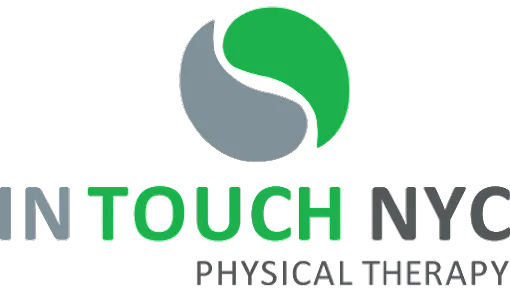The reality, however, is that physical therapy is a tool used to improve health and wellbeing, not detract from it. That is why your PT wants you to know these 7 things about pain after physical therapy. Knowing what to expect will help you to approach any discomfort physical therapy causes with confidence and success.
Physical therapy decreases pain over the long-term
While many patients perceive physical therapy as a process that increases pain (with physical therapists sometimes referred to jokingly as “torturing” patients), the reality is that physical therapy’s purpose is to reduce pain, not increase it.
It is true that you may experience discomfort as you engage with a tailored treatment program designed to heal and strengthen your body. However, over time, a PT regimen that works should result in less pain, and greater functionality.
You can attend your therapy sessions with confidence. You and your PT have the same goal–To set you on the path to better health and a more fulfilling life by reducing the pain you currently experience.
Discomfort and soreness are part of the healing process

This is the same principle that applies when building strength through exercising or working out. The muscles must experience a certain amount of stress, which can lead to irritation and soreness.
This stress encourages the muscle to heal and strengthen, and so this soreness can be considered “good pain.” This is the same type of beneficial discomfort you might experience after a good workout or a new physical activity.
As a result, patients should embrace any soreness after their PT as a sign that their regimen is working.
Physical therapy should never cause true pain
However, physical therapy should never cross over from discomfort and soreness into true pain. The point at which you begin to experience real pain is the point at which you should stop your PT regimen and consult with your therapist. Your regimen may require modification in order to achieve your goals without creating pain or causing further damage.
Here are the primary reasons you should be concerned with your experience after physical therapy:
- Existing pain increases instead of decreases over time.
- You experience new pain.
- You begin to lose range of motion.
- Your physical therapy is treating the symptoms of your problem instead of the cause.
Pain is a very individual experience
No two people experience pain in exactly the same way. Each person’s unique experiences, physiology, psychology, injury, personality, and more will determine both how they respond to physical therapy.
That is why you should never compare your experience of pain after therapy to anyone else’s. For example, do not ignore worsening pain simply because a friend of yours did similar exercises and felt fine.
Instead, embrace physical therapy as your own personal journey toward healing, and seek out a physical therapist who is willing and able to work with you as an individual.
With a therapist who takes your experiences seriously and who tailors your treatment to your needs, you should be able to get back to a healthy and functional life without suffering serious pain along the way.
Your PT routine can be modified to prevent pain
One of the great advantages of physical therapy is the presence of numerous approaches and treatments to address a wide range of ailments.
If one approach does not yield the results you need, or if something you are doing is causing pain, your therapist can work with you to modify your regimen. You may need to do an exercise in a different way, or replace an exercise with a different approach altogether.
When choosing a physical therapist, look for one who is experienced in many of state-of-the-art approaches, techniques, and technologies for the treatment of your specific problem. They will be equipped to adapt your therapy in order to achieve your desired results with a minimum of pain.
Communication with your PT is essential to your recovery
Sometimes, patients fail to inform their physical therapists about the pain they feel after a treatment session. The problem is that staying quiet about PT pain can lead to worsening discomfort and even additional injury.
Instead, you should feel free to communicate with your PT whenever you have a question or concern about your recovery. If you are experiencing pain, you may be doing an exercise wrong, need a different exercise, or require some other change.
Your physical therapist can help you to evaluate the pain you are feeling and find solutions that helps you heal.
If you do not feel comfortable telling your PT about discomfort after your sessions, you should find another therapist. The professional you choose should be someone who is compassionate, attentive, and easy to talk to, no matter what questions you have about your recovery.
Know what to do if you experience pain after therapy
If you do experience pain, limited range of motion, or other problems after physical therapy, know what to do in order to address your concerns and ensure that you remain on the path to health.
The first step is to stop whatever is making your pain worse. This may mean suspending a specific exercise, for example.
The next step is to communicate with your PT. Expressing your concerns allows your therapist to identify the problem and take steps to change it so you can continue healing, but without pain.
Here at In Touch NYC Physical Therapy, our goal is to help you heal with tailored and compassionate physical therapy services. We will never dismiss your pain. Instead, we will work with you to create a customized treatment plan that works for your specific needs.
It is time to get on the path to health–With less pain. Contact us today to get started!



